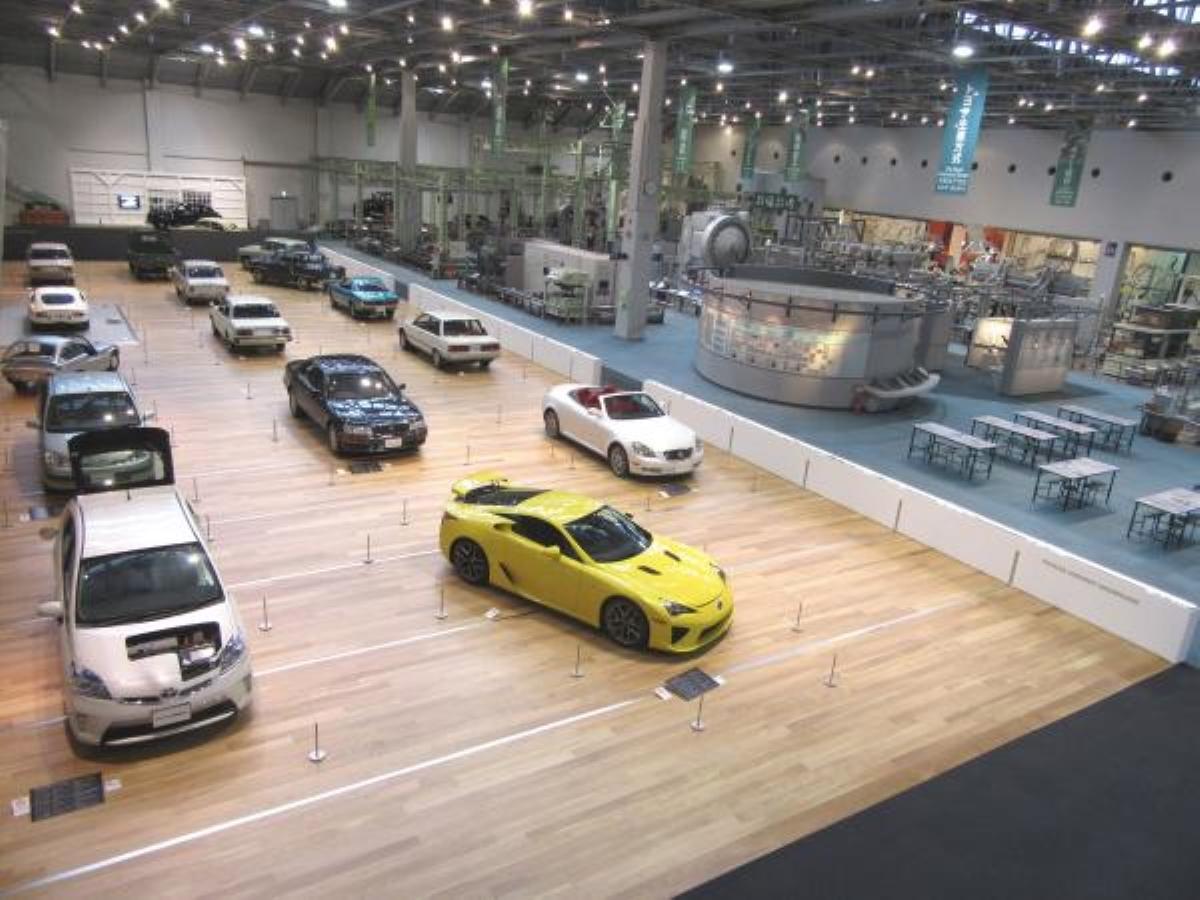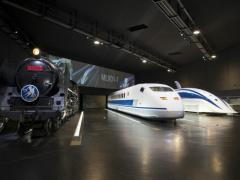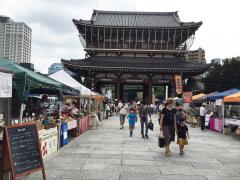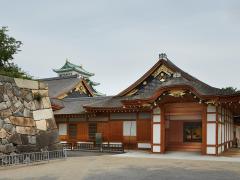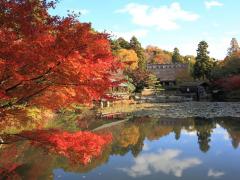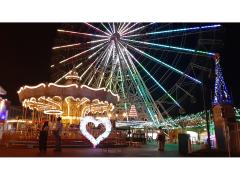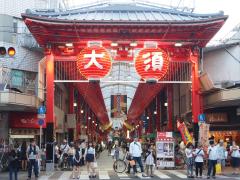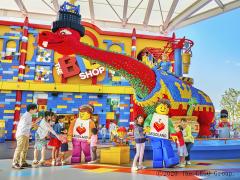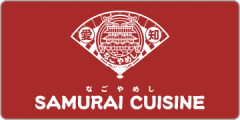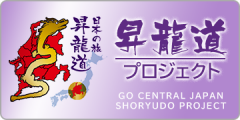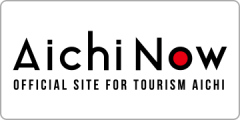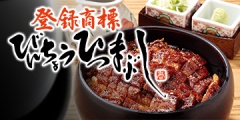- Home
- Special Features
- The story of Japan’s financial powerhouse, Nagoya, and the art of manufacturing
Special Features
The story of Japan’s financial powerhouse,
Nagoya, and the art of manufacturing
The story of Nagoya is one of innovation. During the Sengoku, or Warring States period, the region’s samurai were among the most ingenious and daring, creating advanced weaponry, armor, castles and tactics. During the peaceful feudal period, the lords of Nagoya maintained that innovative spirit, encouraging the arts, crafts and manufacturing among the populace. Following the collapse of the Shogunate in 1868, Nagoya again took the lead in rebuilding Japan, turning manufacturing into an art form, which in turn made Nagoya City and Aichi Prefecture the financial leaders of Japan. Many world leading manufacturers began here, and it is not just the quality products, but the fascinating stories behind these companies that is beginning to attract a new wave of industrial tourism.
The story of Toyota is just one of those success stories. Toyota began as a manufacturer of cloth weaving looms, utilizing the technologies developed for their innovative automated weaving machines to create the world’s leading vehicle production lines and finest cars. The Toyota story starts in Nagoya at The Toyota Commemorative Museum of Industry and Technology.
The Toyota Story
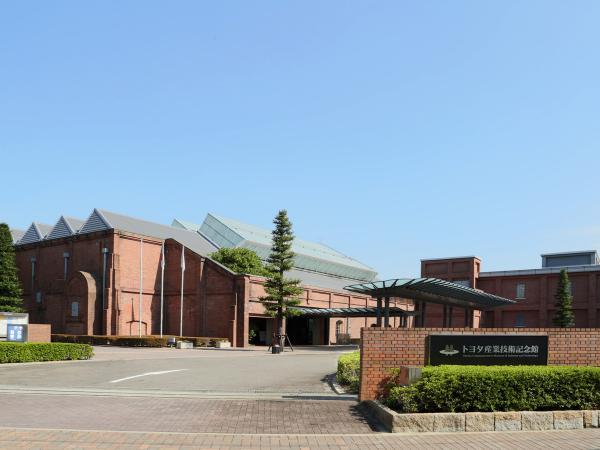
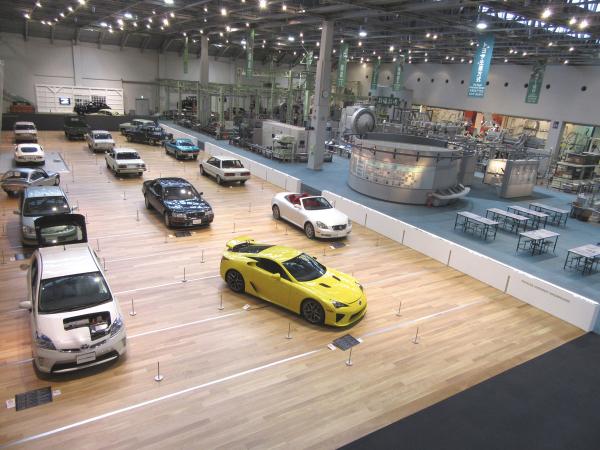
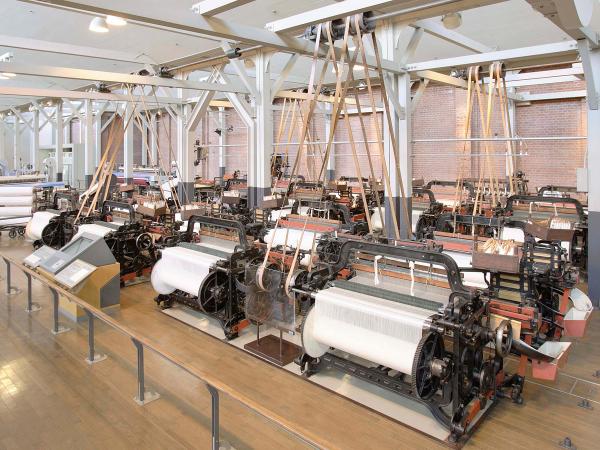
Located just outside Toyota City, and built to commemorate Toyota’s 10 millionth vehicle, the Toyota Kuragaike Commemorative Hall tells the story of the company’s founder, Toyoda kiichiro. The audio-visual exhibition rooms explain his dreams, aspirations, and the many problems he overcame to build his empire. Old photographs, detailed explanations, intricate models and special videos are presented in an informative and easy to understand manner.
The pavilion also houses a number of old production cars, Toyota race team vehicles, and the Kuragaike Art Salon, an extensive collection of fine artworks purchased and owned by the company for decorating board rooms, conference rooms, receptions, foyers and offices. Just behind the hall is the relocated, fully furnished and preserved former residence of founder Toyoda Kiichiro, designed and built in 1933.
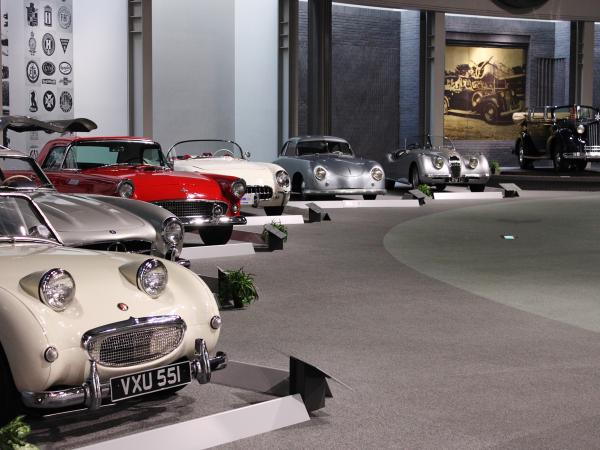
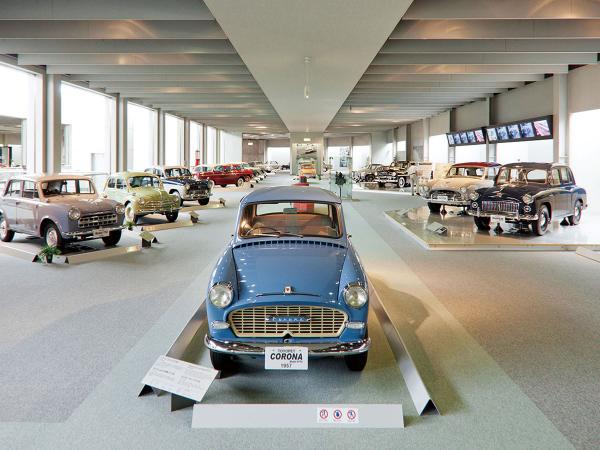
SC MAGLEV and Railway Park
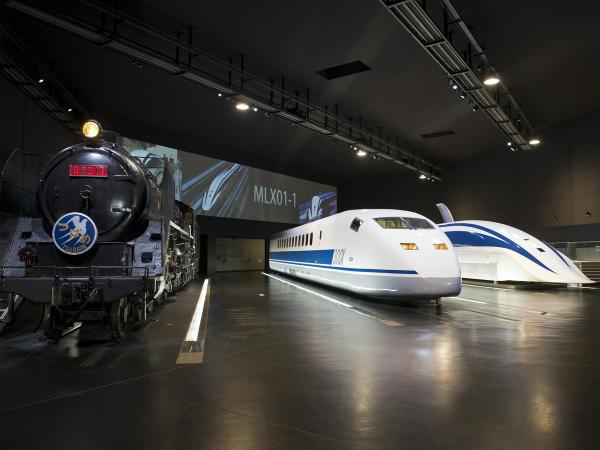
Japan’s iconic Bullet Train, the Shinkansen, has long been regarded as a symbol of the nation’s advanced technology, precision and efficiency, and was developed around the Nagoya area. Similarly, Japan’s extensive and orderly train services too have long been admired, and this rail museum provides a fascinating look at Japan’s past, present and future railway systems. Around 40 steam locomotives, electric and diesel railcars, rolling stock, all versions of the world renown Bullet Train and even the exciting next generation Maglev, Superconductive Magnetically Levitated Vehicle is on display at the captivating SCMAGLEV and Railway Park, along with one of Japan’s largest train dioramas, Bullet Train and conventional train driving simulators and more. This dynamic railway museum is a must see!
Vermicular Cookware and Vermicular Village
The story unfolds at Vermicular Village, a stylish development area along Nagoya City’s Nakagawa Canal, on the site where Aichi Dobby originally began. It features a flagship Vermicular shop, a restaurant and bakery café serving dishes and produce made using Vermicular cooking ware so you can taste the difference. The Vermicular development center, cooking studio and atelier help make up the popular village.
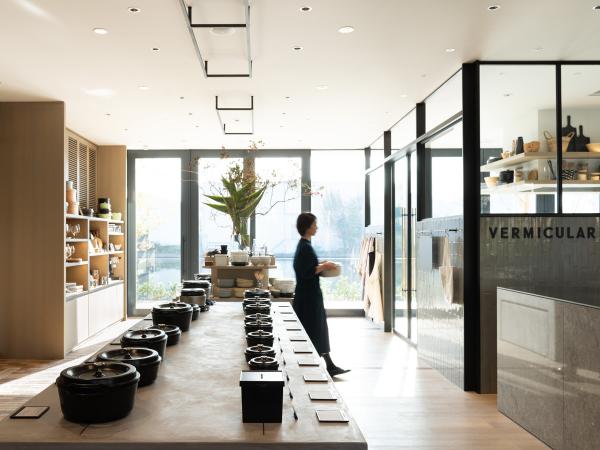
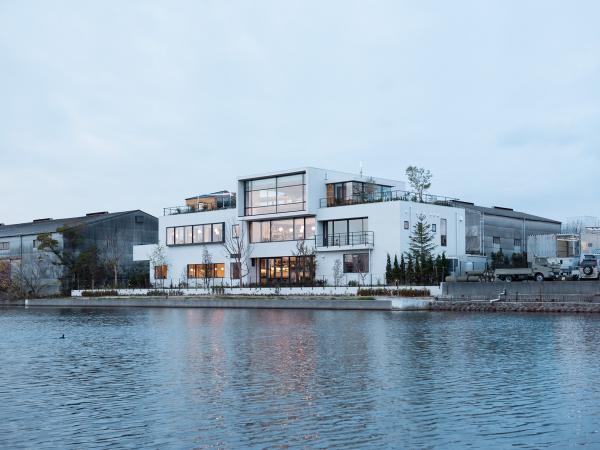
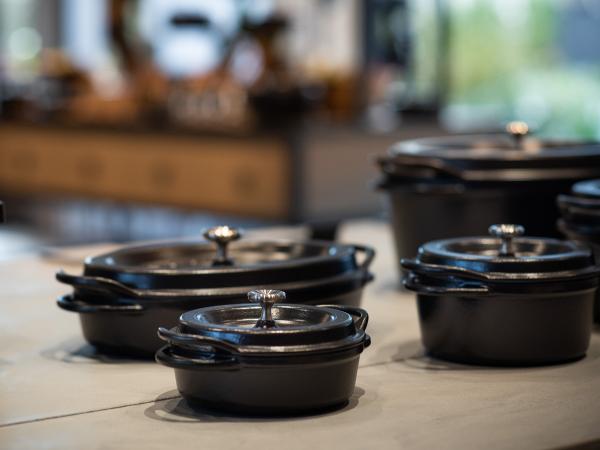
Brother Museum
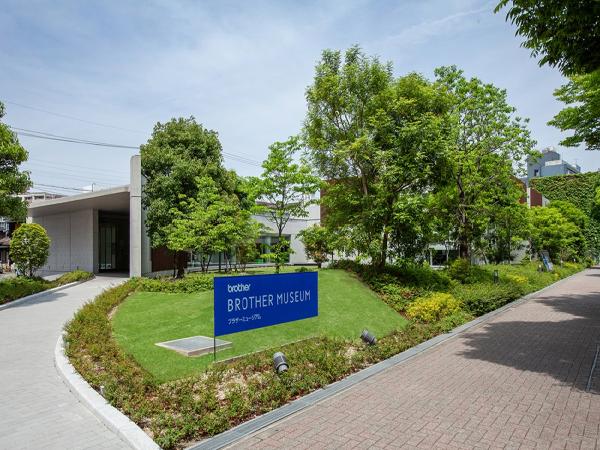
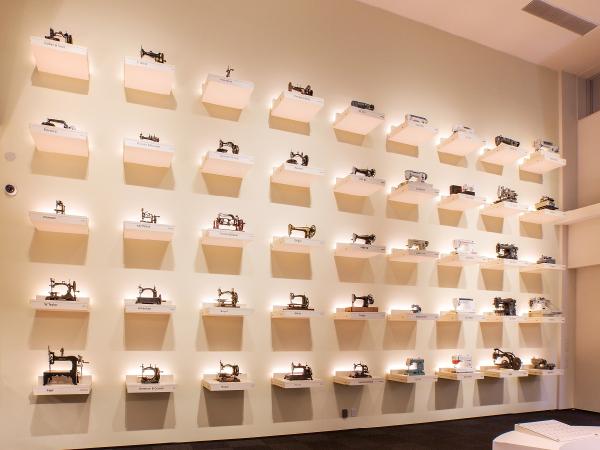
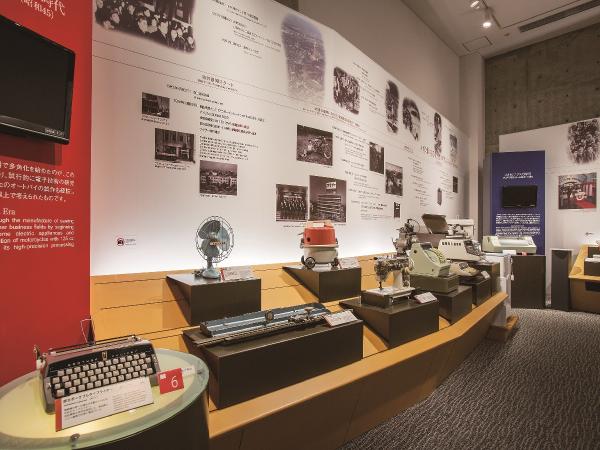
Noritake Garden, Museum and Craft Center
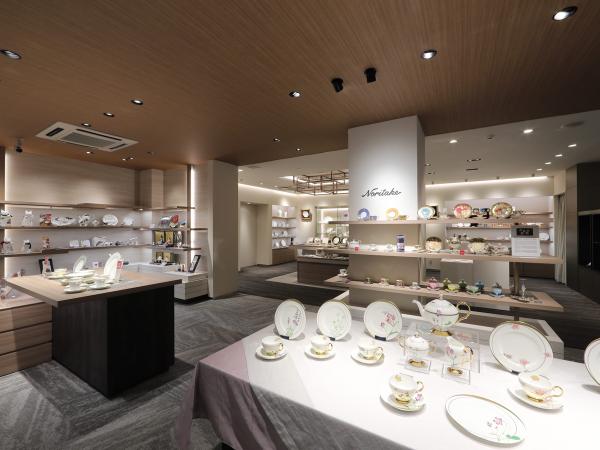
Many a story has been told across the dinner table, and for many across the world, owning a set of prestigious Noritake tableware was seen as a status symbol, brought out only on the most special of occasions. Noritake originated in Nagoya in 1876 just north of Nagoya Station and was initially aimed at serving the international tableware market. Today it remains one of the most respected names in quality tableware. The antique red-bricked former factory buildings and kilns have now been preserved and fully refurbished, while the grounds have been landscaped to create the tranquil Noritake Garden. The museum displays a vast collection of highly sought-after classic hand-made Noritake cups, saucers, plates, bowls and items across the years, while the craft center offers a glimpse at the skilled craftsmanship involved and the opportunity to try making original Noritake ware. Even if tableware isn’t your cup of tea, the Noritake Garden, Museum and Craft Center will fascinate you. Incidentally, the center’s café and restaurant serves beverages and meals, naturally on Noritake tableware.
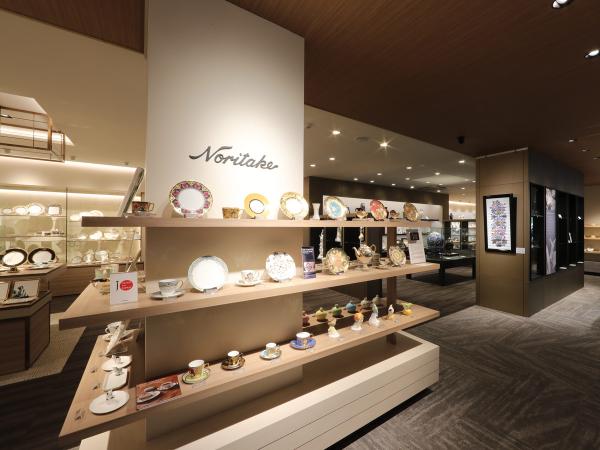
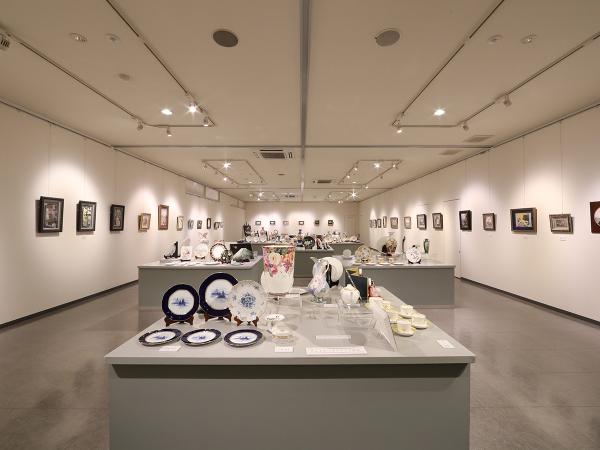
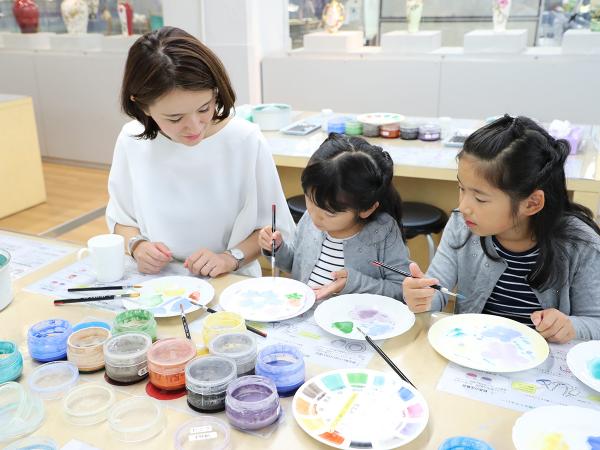
~The Names, the Products and the Stories~
SEARCH
- KEYWORD
RANKING
RECOMMENDED ARTICLE





